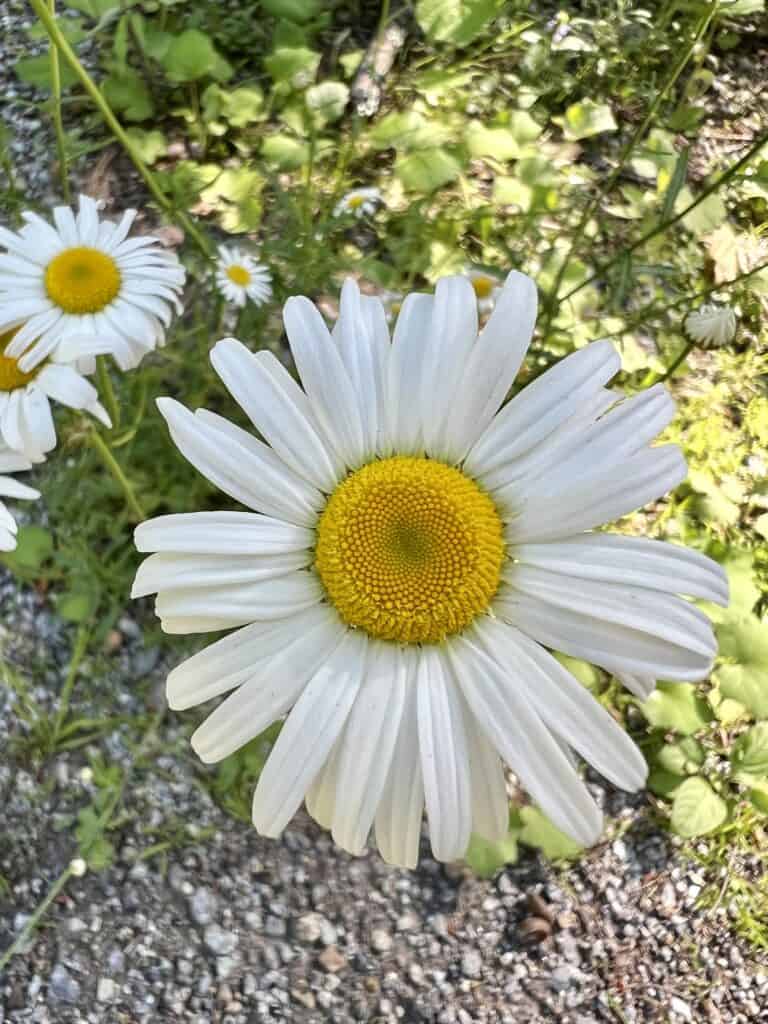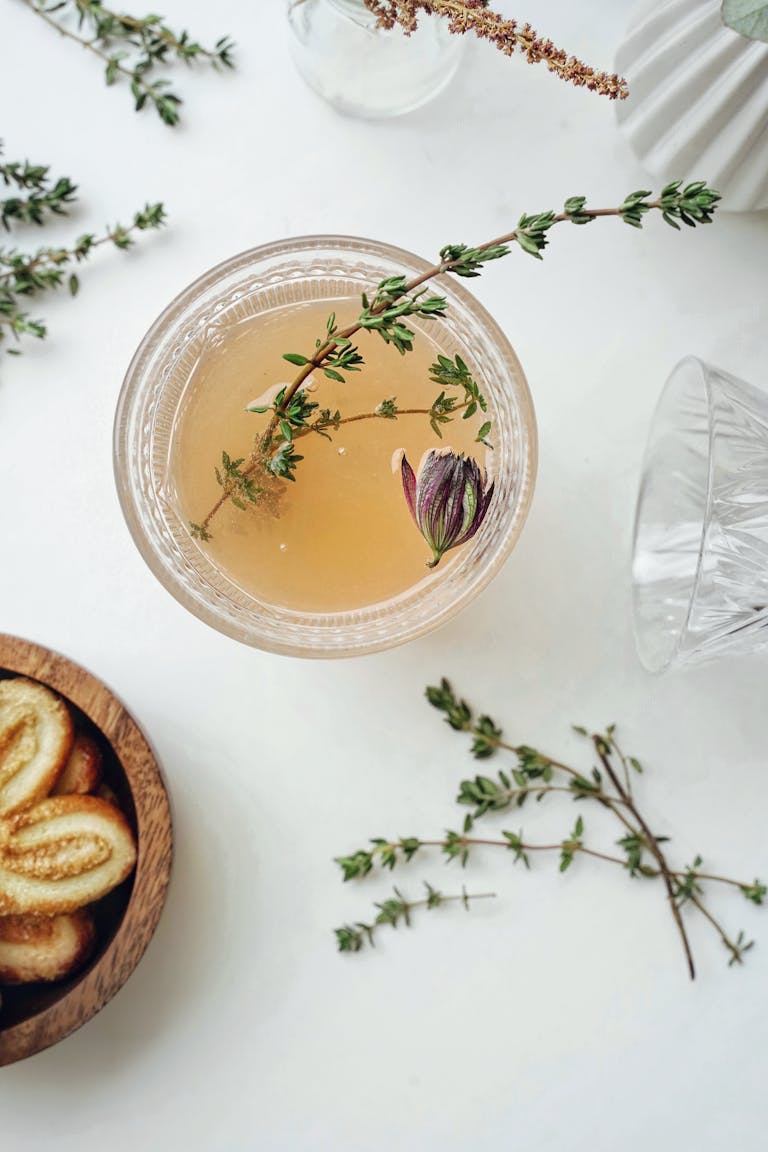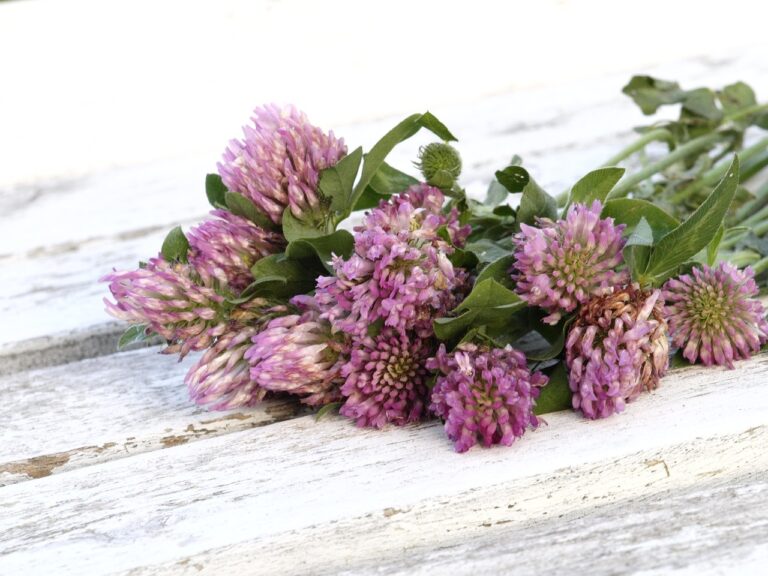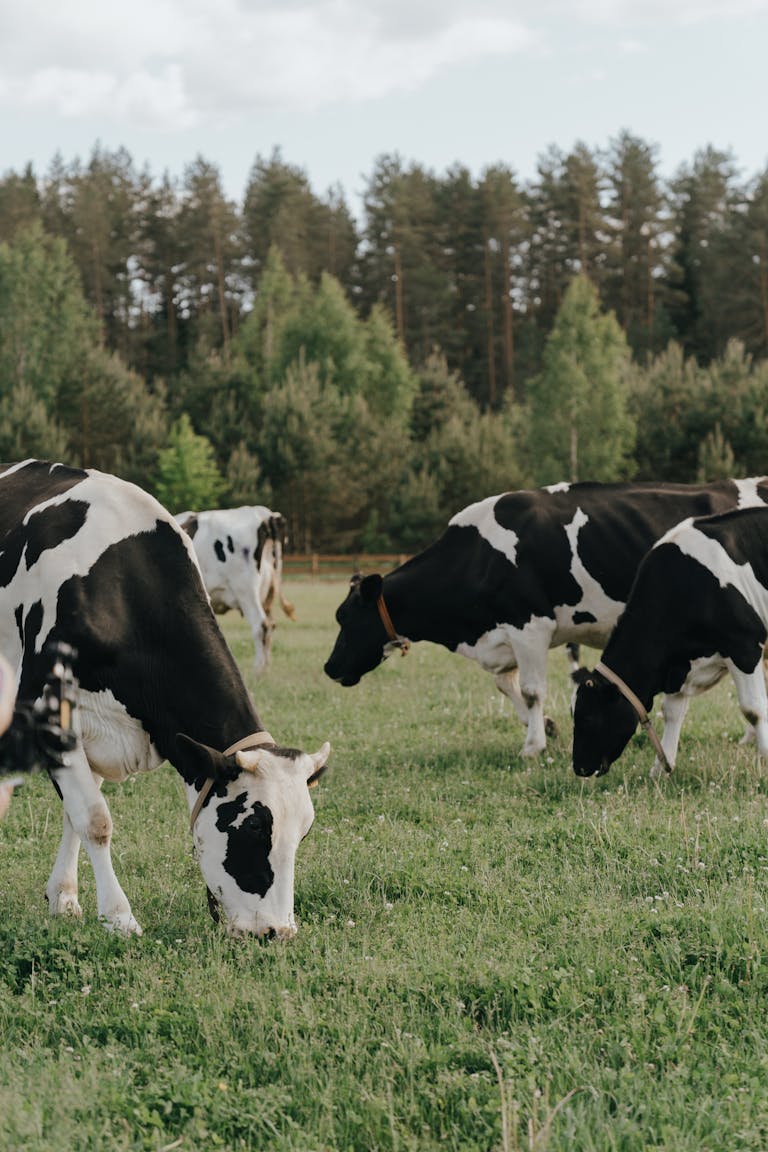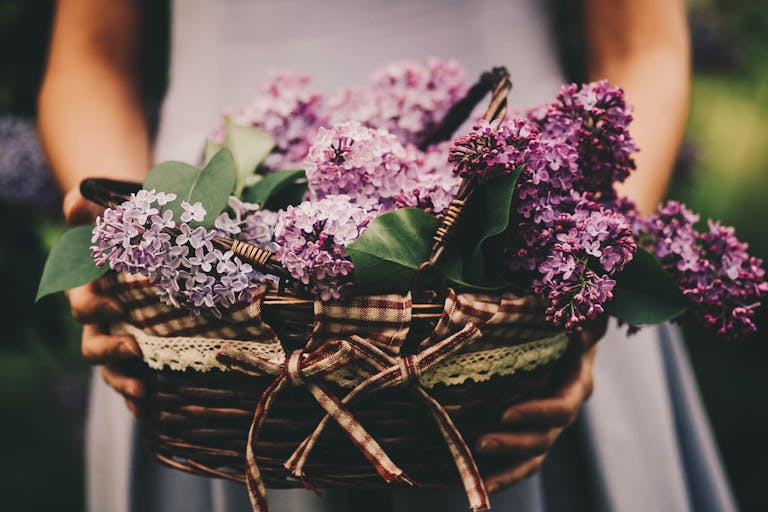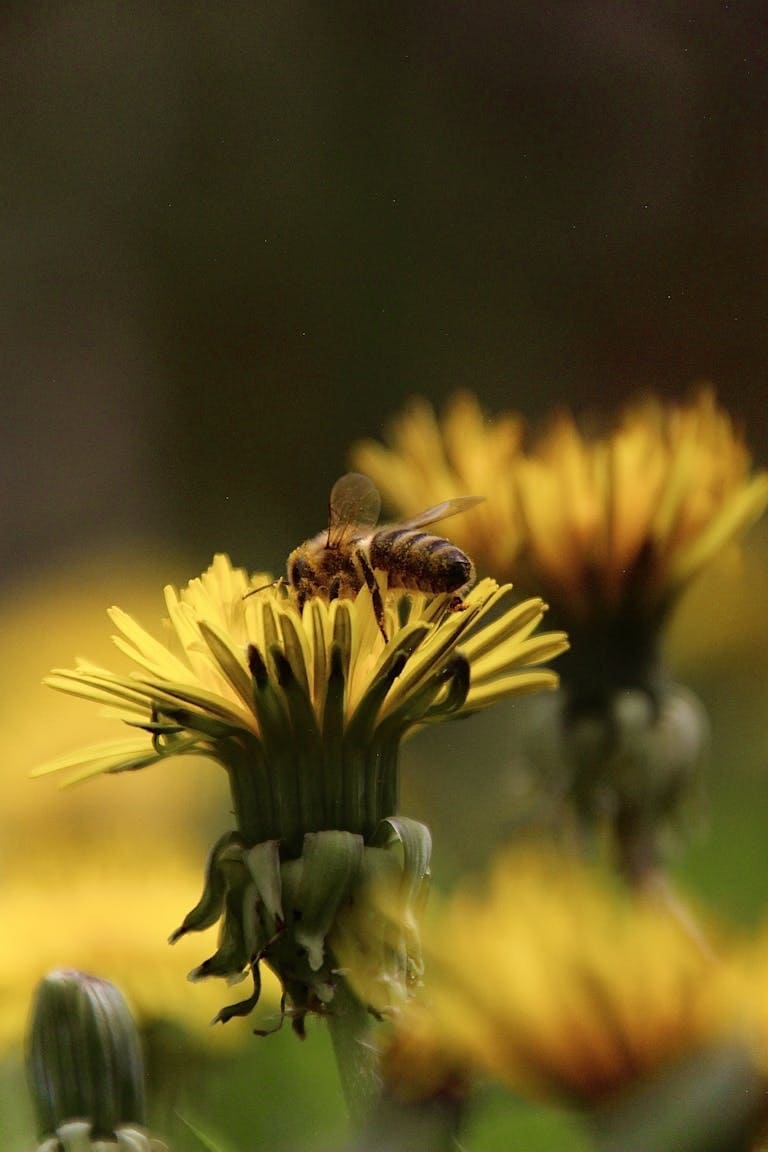Prunella Plant (Self-Heal): A Complete Guide to Growing and Using This Medicinal Herb
The Prunella plant, often called self-heal, heal-all, or heart-of-the-earth, may be one of the most powerful yet underappreciated medicinal herbs in your backyard. This hardy perennial grows easily in meadows, gardens, and even between sidewalk cracks—but don’t let its humble appearance fool you. With a rich history of healing and a long list of scientifically backed health benefits, the Prunella plant is making a comeback in herbal medicine and natural wellness.
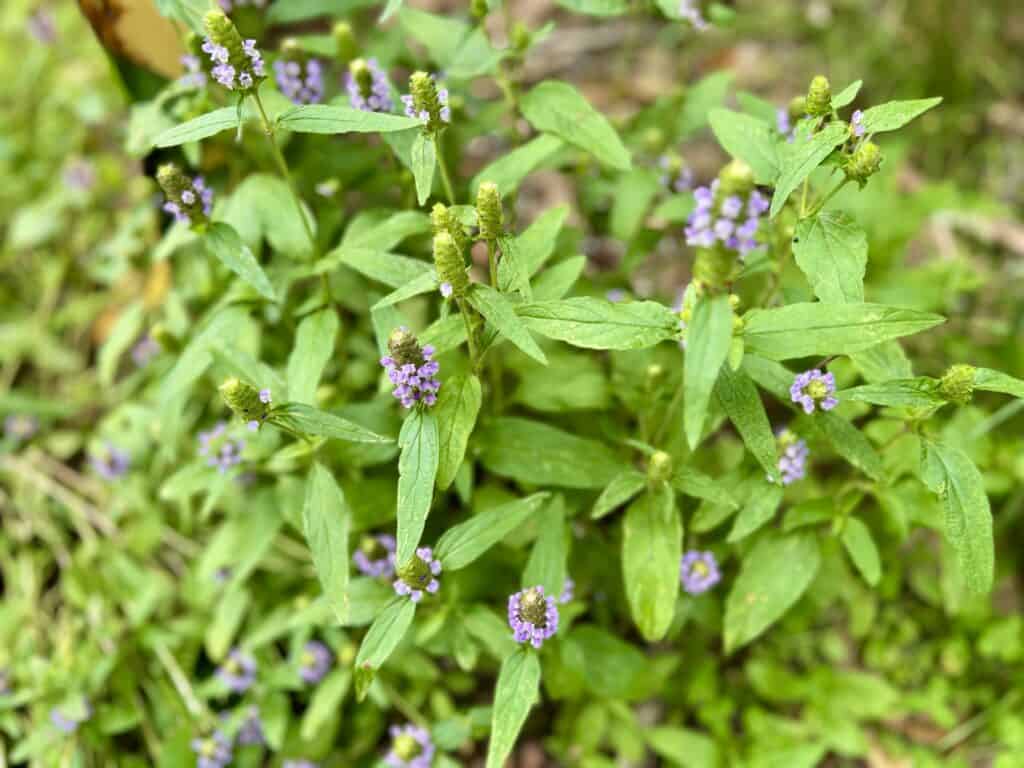
Whether you’re a gardener, forager, or simply curious about holistic health, read on to discover why the Prunella plant deserves a spot in your herb garden—and your medicine cabinet.
What Is the Prunella Plant?
The Prunella plant (Prunella vulgaris) is a low-growing, creeping perennial in the mint family (Lamiaceae). Native to Europe and Asia but now naturalized around the world, this wild herb is known for its violet to purple flower spikes and sprawling stems that root wherever they touch the ground.
Other Common Names:
- Self-heal
- Heal-all
- Woundwort
- Blue curls
- Carpenter’s herb
- Hook-heal
These names reflect the plant’s historical use in medicine for treating a variety of wounds, ailments, and infections.
Botanical Features and Growing Habits
Prunella vulgaris is loved by herbalists for its versatility and resilience. Here are some characteristics of this beautiful plant:
- Height: Grows 6–12 inches tall.
- Flowers: Small, tubular purple flowers bloom in summer.
- Leaves: Opposite, lance-shaped leaves with serrated edges.
- Habitat: Prefers moist meadows, forest edges, lawns, and gardens.
- Growing Zones: USDA zones 4–9.
It’s a pollinator magnet, especially loved by bees, and requires little maintenance once established.

Prunella Plant Benefits: More Than Just a Weed
The Prunella plant is a powerhouse of medicinal benefits, thanks to its rich phytochemical makeup. It contains antioxidants, flavonoids, rosmarinic acid, tannins, and betulinic acid, which work together to support healing on multiple levels.
1. Wound Healing and Skin Support
Traditionally, crushed Prunella leaves were applied directly to wounds, cuts, bruises, and insect bites. Its antibacterial and anti-inflammatory properties help prevent infection and reduce swelling. Prunella-infused salves and oils can soothe rashes, burns, and even cold sores.
2. Immune System Boost
Modern studies have shown that Prunella has immunomodulatory effects, helping the body fight off viruses and bacteria. It’s often used to support recovery from colds, flu, and respiratory infections.
3. Antiviral Properties
Prunella vulgaris has demonstrated antiviral activity against herpes simplex virus, HIV, and other viral pathogens. Herbal teas or tinctures are commonly used to assist the body during viral outbreaks.
4. Throat and Mouth Health
Its astringent nature makes Prunella a great gargle for sore throats, inflamed gums, and mouth ulcers. In Traditional Chinese Medicine, it’s often used to reduce heat and swelling in the throat and lymph nodes.
5. Digestive and Liver Support
As a mild bitter, Prunella can stimulate digestion and liver detoxification. It may help with bloating, sluggish digestion, and general gut health.
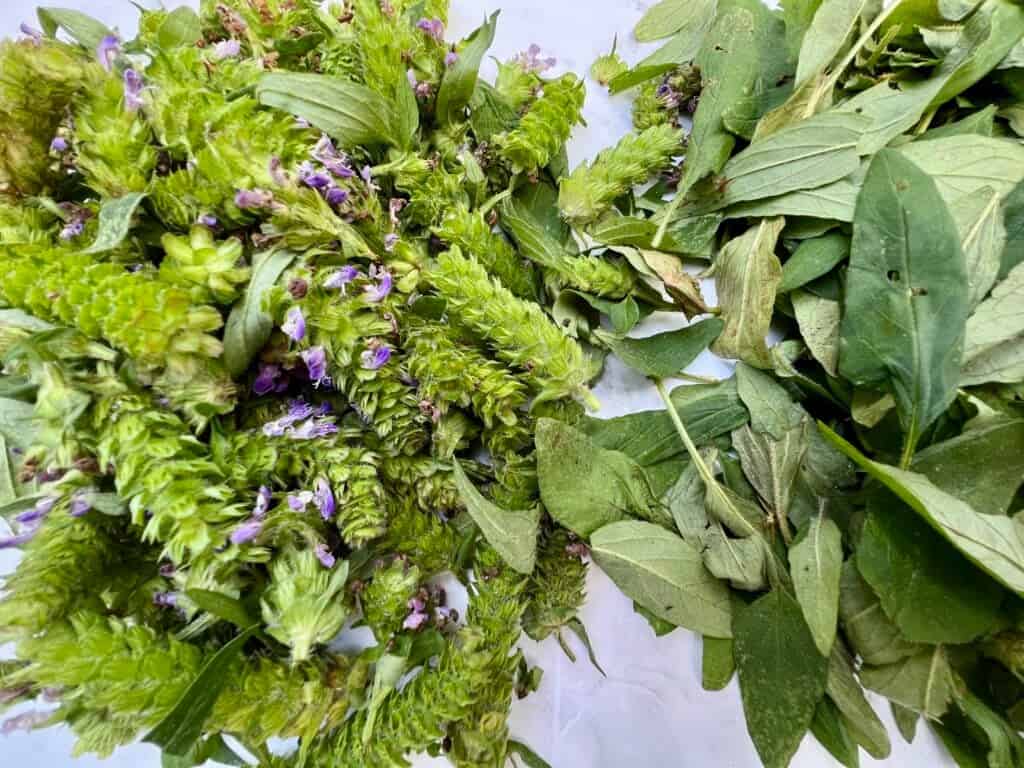
How to Harvest and Dry the Prunella Plant
Harvesting the Prunella plant (Prunella vulgaris) is a simple part of working with this healing herb. Whether you’re foraging for it or gathering from your backyard garden, knowing when and how to harvest ensures you preserve its full potency for teas, tinctures, salves, and more.
When to Harvest
The best time to harvest Prunella is when it’s in full bloom, typically from late spring to early fall, depending on your climate. Look for vibrant purple flower spikes and healthy green leaves. Harvesting during peak bloom ensures the plant’s medicinal properties, especially its antiviral and anti-inflammatory compounds, are at their highest.
- Morning harvest is best, after the dew has dried but before the sun becomes too hot.
- If you’re harvesting for tea or tincture, pick the aerial parts (flowers, leaves, and stems).
- Leave behind enough blooms for pollinators and for the plant to reseed itself.
How to Harvest
- Use sharp scissors or garden snips to cut the upper third of the plant—flowers, stems, and leaves included.
- Choose healthy plants with no signs of mold, yellowing, or pest damage.
Place your cuttings in a basket or breathable cloth bag. Avoid plastic, which traps moisture and can cause your herbs to wilt or mold.
How to Dry Prunella Properly
Drying is important to preserve Prunella’s healing properties for long-term storage. You can dry it naturally or use a dehydrator.
Air Drying Method
- Gather stems into small bundles (not too thick) and secure them with twine or a rubber band.
- Hang the bundles upside down in a dry, dark, and well-ventilated space, such as an attic, closet, or pantry.
- Avoid direct sunlight, which can degrade medicinal compounds and color.
- Drying usually takes 7–10 days, depending on humidity.
Dehydrator Method
If you’re in a humid climate or want a faster method:
- Spread the Prunella evenly on dehydrator trays in a single layer.
- Set your dehydrator to 95–115°F (35–46°C), the ideal temperature for delicate herbs.
- Dry for 4–8 hours, checking occasionally. The herbs are ready when the leaves crumble easily between your fingers and the stems snap cleanly.
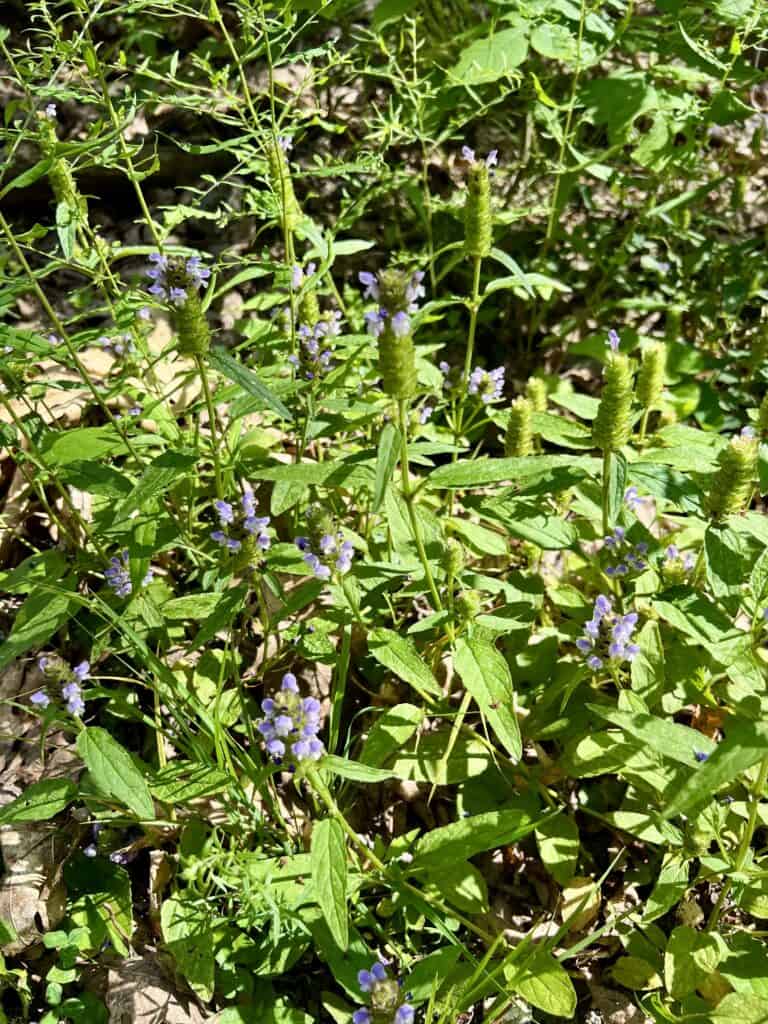
Storing Dried Prunella
Once completely dry:
- Remove any thick stems and store only the leaves and flowers (or the whole aerial parts if preferred).
- Store in glass jars or paper bags in a cool, dark place.
- Label your jars with the harvest date and location.
Properly dried Prunella can last up to one year, though it’s best used within 6–9 months for maximum potency.
Harvesting and drying your own Prunella is a deeply satisfying way to reconnect with nature and your own health journey. Whether you’re sipping tea on a cold winter’s day or applying a soothing salve to a scraped knee, you’ll feel the power of this humble herb.
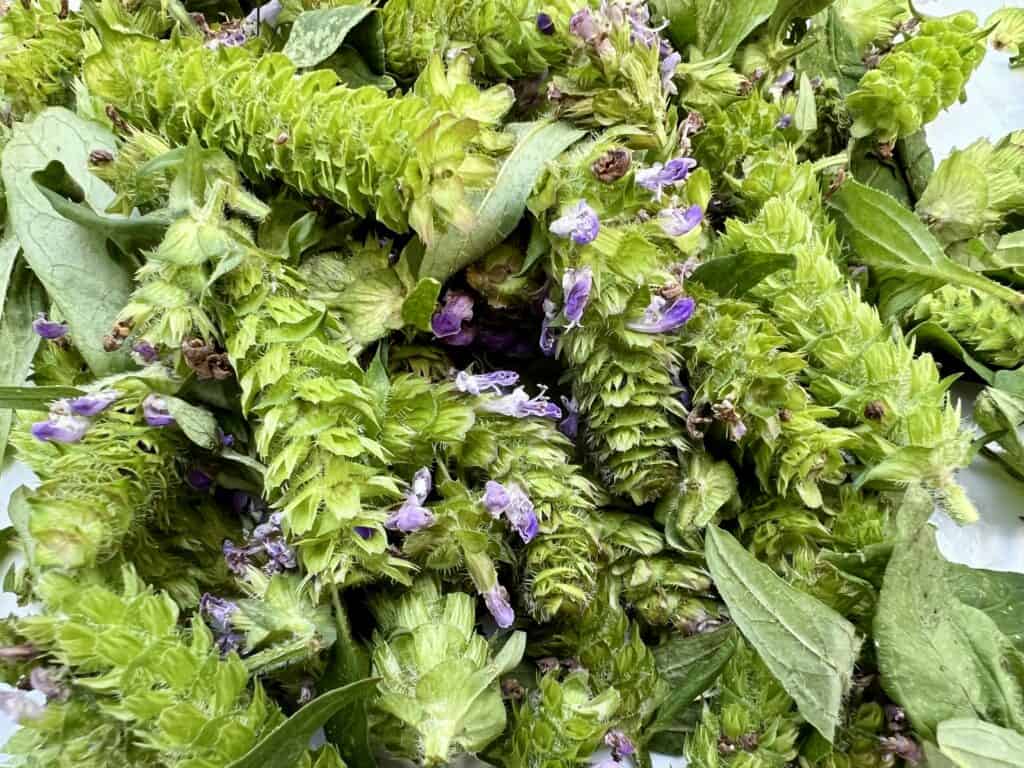
How to Use the Prunella Plant
Whether you’re foraging or cultivating it in your garden, there are many ways to use the Prunella plant to support wellness:
1. Prunella Tea (Self-Heal Tea)
This is one of the most common methods of using the plant.
To make:
- 1–2 teaspoons dried or fresh Prunella leaves and flowers
- 1 cup boiling water
- Steep for 10–15 minutes
- Drink up to 3 times daily
This tea is great for sore throats, inflammation, and immune support.
2. Tincture
You can create a tincture by steeping fresh or dried Prunella in high-proof alcohol for 4–6 weeks. Take a few drops daily to support the immune system or during times of illness.
3. Infused Oil or Salve
Infuse dried Prunella in olive oil for several weeks, strain, and use as-is or turn it into a healing salve with beeswax. Ideal for skin irritations and wounds.
4. Poultice
Crush fresh leaves and apply directly to bruises, cuts, or inflamed areas for quick relief.
How to Grow Prunella Plant in Your Garden
Adding Prunella vulgaris to your herb garden is easy and rewarding. Here’s how:
Soil and Sun
- Prefers well-draining, moderately moist soil
- Grows well in full sun to partial shade
Planting
- Sow seeds in early spring or fall
- Or plant divisions from an established patch
Maintenance
- Minimal care needed—just water during dry spells
- Can be cut back to encourage new growth
Because it spreads via creeping stems and seeds, you may want to contain it to a dedicated herbal bed if you don’t want it taking over your garden.
Wildcrafting Prunella: Foraging Tips
If you prefer to wild-harvest Prunella, follow these sustainable practices:
- Only forage from pesticide-free, clean areas.
- Harvest just before or during peak bloom (usually summer).
- Take only what you need, leaving plenty for pollinators and reseeding.
- Dry the plant in bundles or in a dehydrator and store in airtight jars.
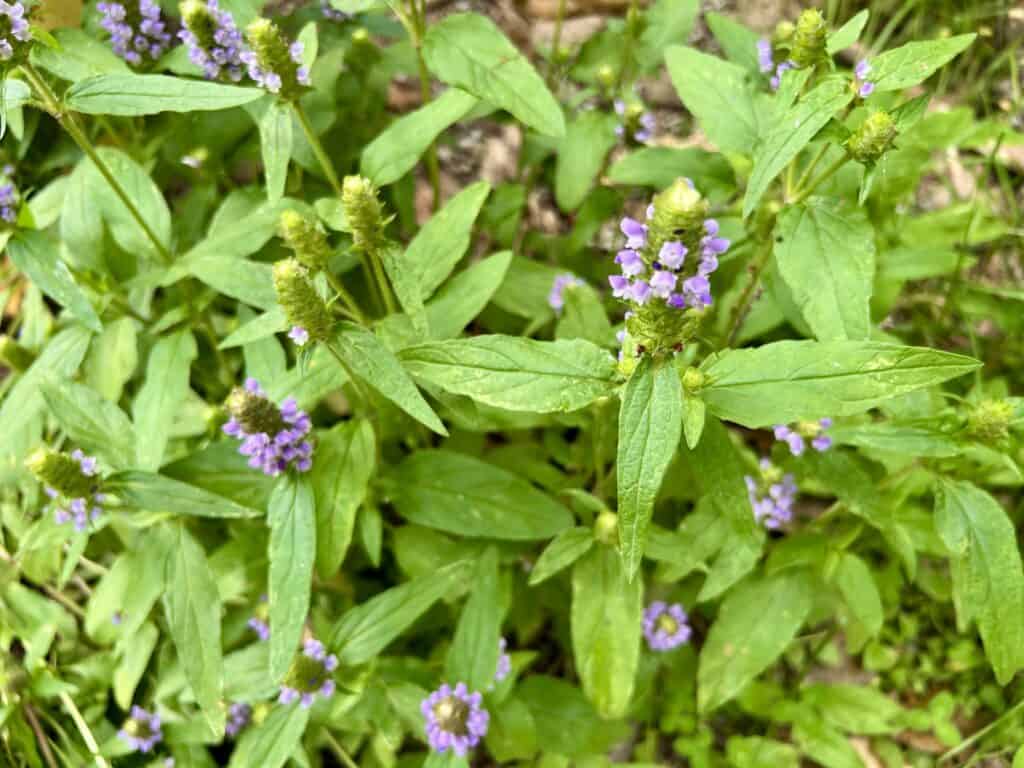
FAQ: Everything You’ve Wondered About the Prunella Plant
Is Prunella plant edible?
Yes! The leaves and flowers are edible and can be added to salads, soups, or teas. They have a mild, slightly bitter flavor.
Is Prunella safe for children or pets?
Generally, yes—though you should consult a healthcare professional before using any herb medicinally for children or animals.
Can Prunella help with cold sores?
Studies have shown that Prunella extract has antiviral effects against HSV-1, the virus that causes cold sores. Many use it as a topical remedy or in tea form for support.
Where can I buy Prunella seeds or dried herb?
You can find Prunella vulgaris seeds at heirloom seed companies, Etsy, and herb shops. Dried Prunella herb is often sold by herbal apothecaries and online retailers like Mountain Rose Herbs or Starwest Botanicals.
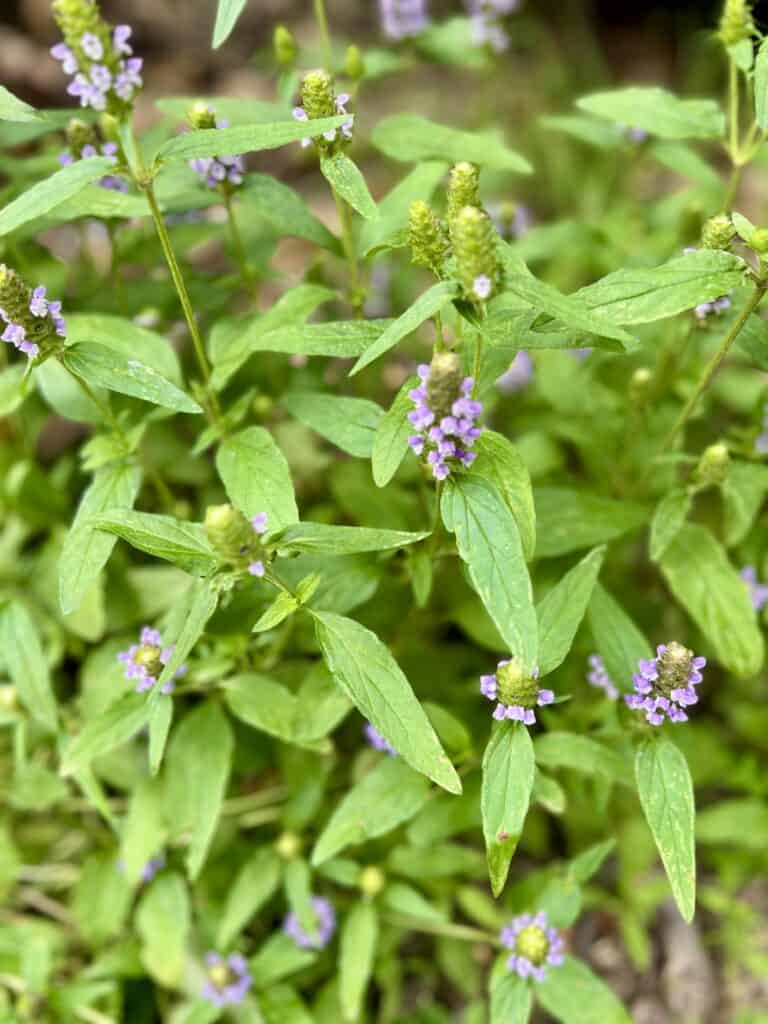
Shop this Post!
- Dried Prunella (Self-Heal)
These dried Prunella flowers are perfect for making quick herbal teas, tinctures, or salves—no foraging or drying required. A must-have for your home apothecary! - Tea Infuser & Steeper
This simple infuser makes brewing loose herbal teas a breeze—just scoop, steep, and sip. It’s my go-to tool for my foraged loose leaf teas! - Prunella Seeds
Want to grow your own Prunella at home? These high-quality seeds are a great place to start. Watching them bloom into healing purple flowers is such a joy! - Dehydrator
I use a dehydrator like this to gently dry my homegrown herbs while preserving their medicinal properties. It’s a quicker way to save foraged flowers and herbs so you can have an abundance of it all winter.
Final Thoughts: Why You Shouldn’t Overlook the Humble Prunella Plant
The Prunella plant is a quiet miracle, often hiding in plain sight. From immune support to wound healing, this herb offers a wide range of healing benefits without demanding much in return. It’s hardy, easy to grow, beautiful in bloom, and a welcome friend to both gardeners and herbalists.
Whether you’re sipping a cup of self-heal tea, applying a soothing salve, or watching bees dance around its flowers, the Prunella plant connects us to a slower, more intentional rhythm of health and healing.
So next time you see a patch of purple-spiked flowers in your backyard, take a closer look. It just might be Prunella, ready to heal you!
